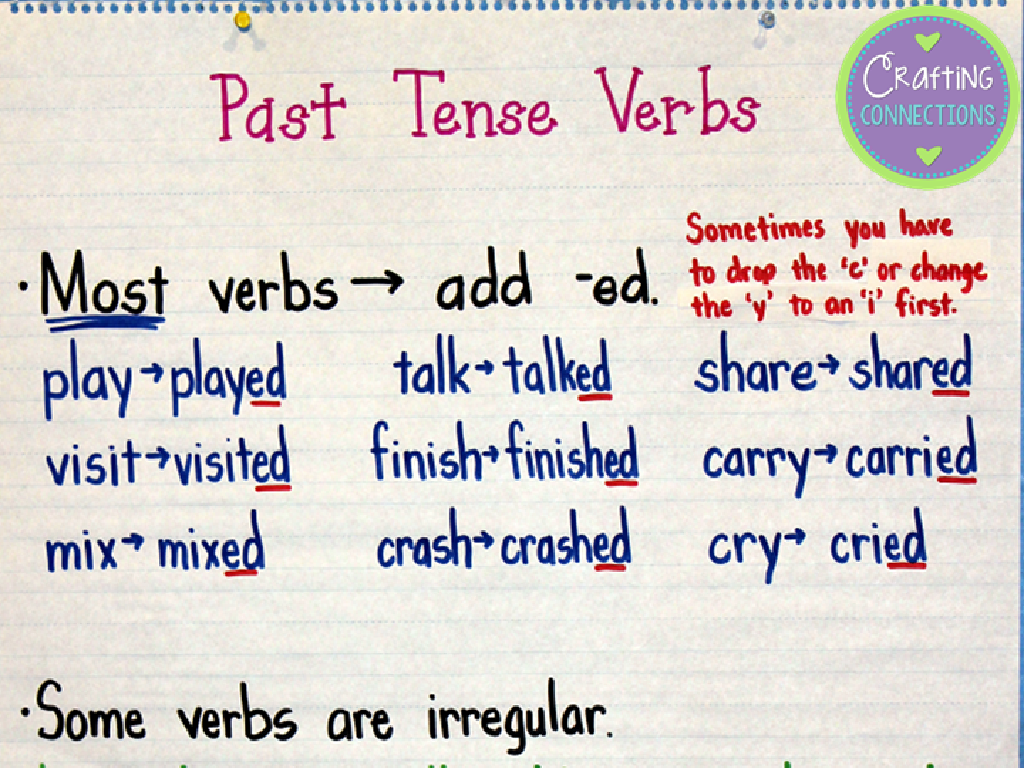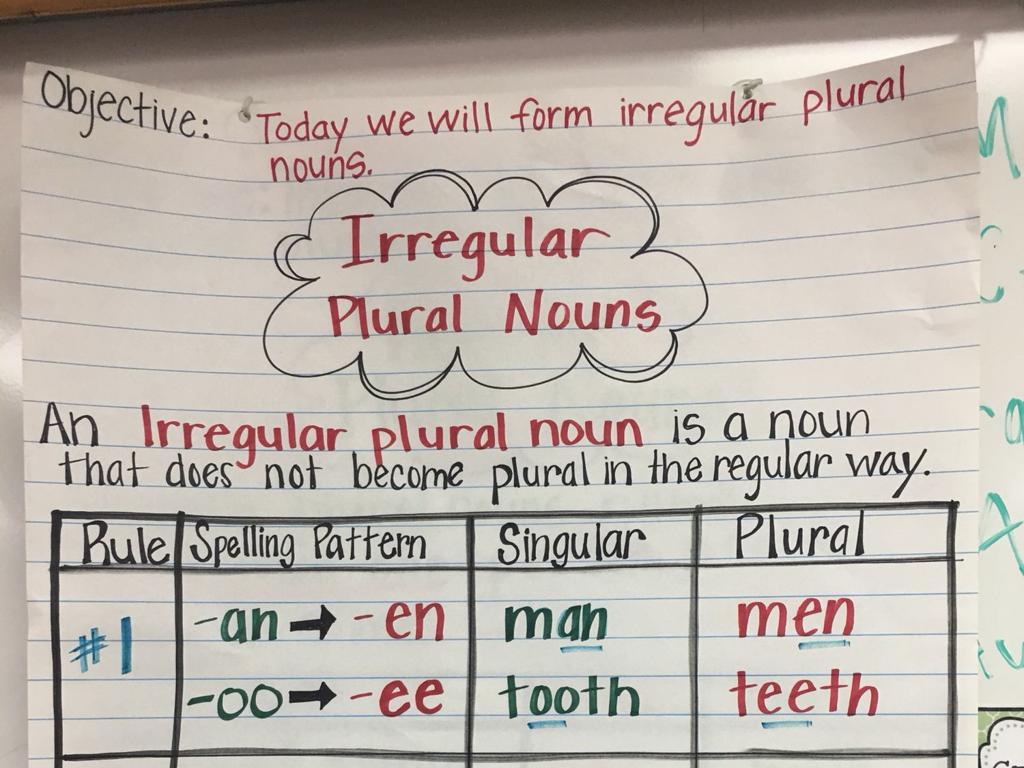Abbreviate Length, Speed, And Acceleration Units
Subject: Science
Grade: Seventh grade
Topic: Units And Measurement
Please LOG IN to download the presentation. Access is available to registered users only.
View More Content
Abbreviating Units of Measure
– Basics of measurement
– Importance of standard units
– Standard units are consistent and understood globally.
– Abbreviations: Length
– Meter (m), Centimeter (cm), Millimeter (mm)
– Abbreviations: Speed & Acceleration
– Speed: meters per second (m/s), Acceleration: meters per second squared (m/s²)
|
This slide introduces students to the concept of measurement and the necessity of using standard units. Begin by explaining that measurement is a way to describe the world using numbers. Emphasize the importance of standard units, which allow scientists and people around the world to communicate measurements without confusion. Then, focus on the specific units of length, speed, and acceleration, teaching the students the abbreviations for each. For length, discuss meters, centimeters, and millimeters. For speed, introduce meters per second, and for acceleration, meters per second squared. Use examples to illustrate how these units are used in real-life scenarios, such as measuring the length of a classroom, the speed of a car, or the acceleration of a roller coaster.
Understanding Length in Measurement
– Length: A measure of distance
– Common units: m, cm, km
– Meter (m) is the base unit, while centimeters (cm) and kilometers (km) are its fractions and multiples.
– Measuring length in real life
– Use a ruler or tape measure for cm or m, and odometer for km.
– Abbreviating length units
– Abbreviations help in quick and standardized communication in science.
|
Length is a fundamental concept in science, representing the distance from one point to another. It’s important for students to understand and be able to convert between different units of length. Meters are the standard unit of length in the metric system, with centimeters being one-hundredth of a meter and kilometers being one thousand meters. Provide examples such as measuring the height of a desk in centimeters, the length of a football field in meters, and the distance between two cities in kilometers. Emphasize the importance of abbreviating units correctly for clarity and efficiency in communication, especially in scientific contexts.
Abbreviating Length Units
– Writing units in short form
– Practice with 5 length abbreviations
– e.g., Kilometer (km), Meter (m), Centimeter (cm)
– Correct abbreviation significance
– Avoids confusion, ensures clear communication
– Class activity: Abbreviation match-up
– Match standard lengths with their abbreviations
|
This slide introduces students to the concept of abbreviating length units, which is a fundamental skill in science for clear and concise communication. Start by explaining why abbreviations are used and how they standardize measurements across different fields and studies. Provide examples of common length units and their abbreviations. Engage the class with a practice activity where they abbreviate five different lengths, reinforcing their learning. Emphasize the importance of using correct abbreviations to avoid misunderstandings. Conclude with a fun match-up activity where students pair standard lengths with their correct abbreviations, fostering a hands-on approach to learning.
Understanding Speed and Its Units
– Speed defined as distance over time
– Speed = Distance / Time, e.g., meters per second (m/s)
– Common units: m/s and km/h
– Kilometers per hour (km/h) used for vehicles
– Natural examples: Cheetah vs. Snail
– Cheetah: 75-80 km/h, Snail: 0.048 km/h
– Technological examples: Car vs. Airplane
– Car: avg 100 km/h, Airplane: 900 km/h
|
This slide introduces the concept of speed as a measure of how fast an object moves. Speed is calculated by dividing the distance traveled by the time it takes to travel that distance. Emphasize the most common units of speed, meters per second (m/s) for scientific purposes and kilometers per hour (km/h) for everyday use. Provide relatable examples by comparing the speeds of animals in nature, such as the fast cheetah versus the slow-moving snail, and common technological modes of transport like cars and airplanes. This will help students grasp the concept of speed and its relevance to both natural and engineered environments. Encourage students to think of other examples and to understand how to convert between different units of speed.
Abbreviating Speed Units
– Writing speed units in short form
– Speed is often measured in meters per second (m/s) or miles per hour (mph).
– Practice with 3 speed abbreviations
– Example: 10 meters per second (10 m/s), 55 miles per hour (55 mph), 100 kilometers per hour (100 km/h).
– Significance of correct abbreviation
– Using correct abbreviations avoids confusion and ensures clear communication in science.
|
This slide introduces students to the concept of abbreviating units of speed, which is a fundamental skill in science for clear and concise communication. Start by explaining the common units of speed such as meters per second and miles per hour, and how they are abbreviated. Engage the students with a practice activity where they convert full unit names into their abbreviated forms. Emphasize the importance of using the correct abbreviations to prevent misunderstandings in measurements and scientific discussions. Encourage students to always check their work for accuracy in abbreviations.
Understanding Acceleration
– Acceleration defined
– Change in velocity over time
– Units: meters per second squared
– m/s², the rate of speed increase per second
– Simple example of acceleration
– Speeding up from a stoplight
– Significance in physics
|
Acceleration is a fundamental concept in physics, describing how quickly an object speeds up or slows down. It’s measured in meters per second squared (m/s²), which indicates how much the velocity of the object changes each second. For instance, when a car starts moving from a stoplight, its speed increases over time – that’s acceleration. It’s important for students to grasp this concept as it applies to many areas of physics and everyday life. Have students think of examples where they experience acceleration, like on a bus or bicycle, to make the concept more relatable.
Abbreviating Acceleration Units
– Writing acceleration units shortly
– Acceleration is often measured in meters per second squared (m/s²).
– Practice with 2 acceleration examples
– Example: 10 meters per second squared is written as 10 m/s².
– Why correct abbreviation matters
– Accurate abbreviations prevent confusion and ensure clear communication in science.
|
This slide aims to teach students how to correctly abbreviate the units of acceleration, which is a fundamental skill in scientific measurements. Start by explaining that acceleration units are typically written in a shorter form to make them easier to read and write, especially in equations. Provide two examples for practice, such as abbreviating 5 meters per second squared to 5 m/s² and 12 meters per second squared to 12 m/s². Emphasize the importance of using the correct abbreviations to avoid misunderstandings and maintain precision in scientific communication. Encourage students to always check their work for accuracy.
Class Activity: Unit Conversion Relay
– Divide into small groups
– Receive conversion challenges
– Convert units: length, speed, acceleration
– Examples: cm to m, mph to km/h, m/s² to km/h²
– First to finish correctly wins a prize
|
This activity is designed to make learning about unit conversion interactive and fun. Start by dividing the class into small groups, aiming for a mix of abilities in each group. Hand out a set of conversion challenges that require students to abbreviate and convert between different units of length (like centimeters to meters), speed (like miles per hour to kilometers per hour), and acceleration (like meters per second squared to kilometers per hour squared). The first team to complete all challenges correctly wins a small prize. This encourages teamwork, quick thinking, and application of knowledge on units of measurement. Make sure to prepare a clear set of rules and a variety of problems of increasing difficulty. Have answer keys ready for quick checking. Discuss common conversion factors before starting the activity.
Conclusion & Homework: Mastering Units
– Recap unit abbreviations
– Precision’s role in science
– Accurate measurements are crucial in experiments
– Homework: Unit conversion worksheet
– Complete worksheet on abbreviating & converting units
– Practice makes perfect
|
As we wrap up today’s lesson on abbreviating length, speed, and acceleration units, it’s important to remember the symbols and how to use them correctly. Precision in science is vital; even small errors in measurement can lead to incorrect conclusions. For homework, students will reinforce their understanding by completing a worksheet that requires them to abbreviate and convert units. This practice will help solidify their grasp of the material and prepare them for more complex scientific calculations. Encourage students to take their time with the worksheet and to double-check their work for accuracy.






